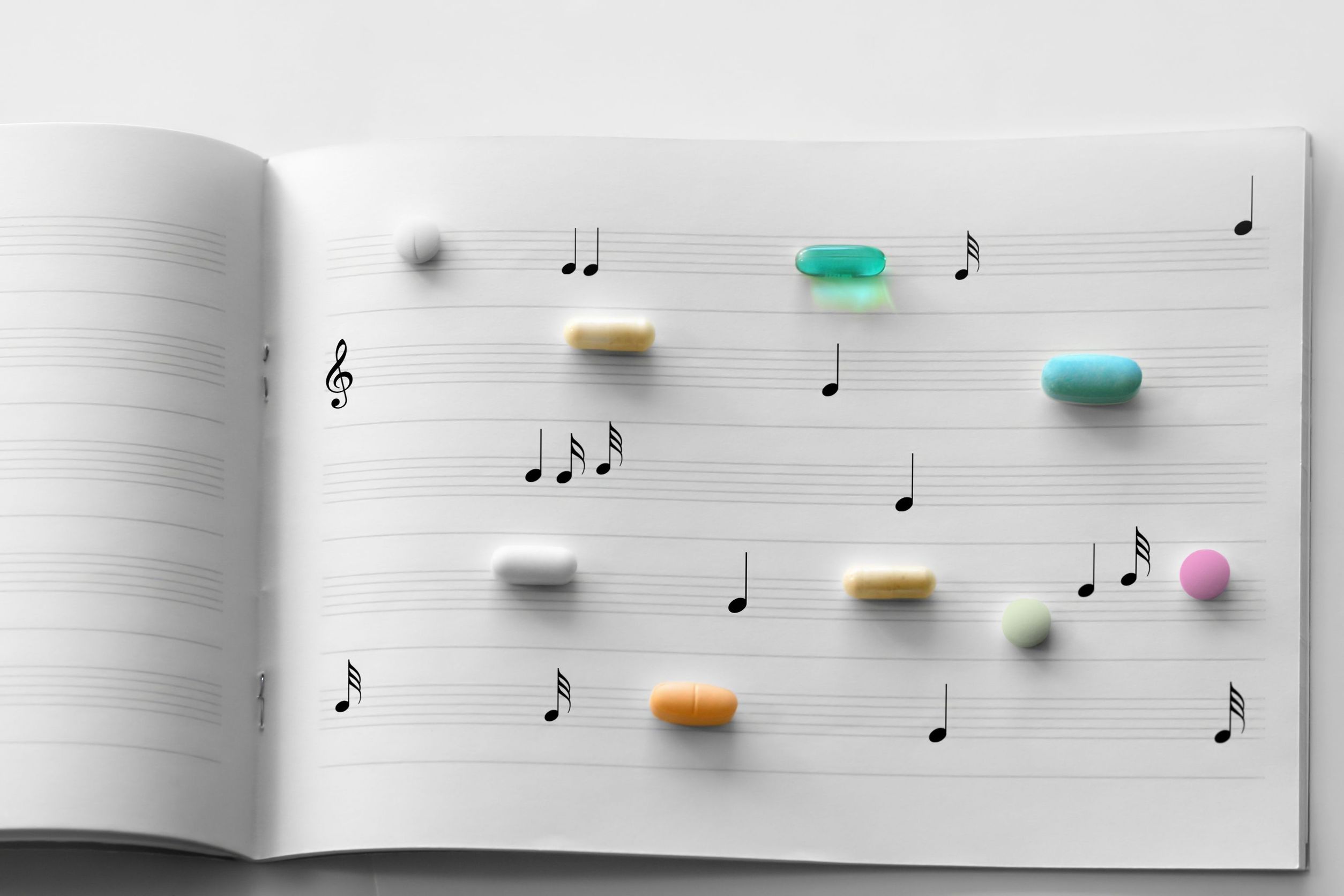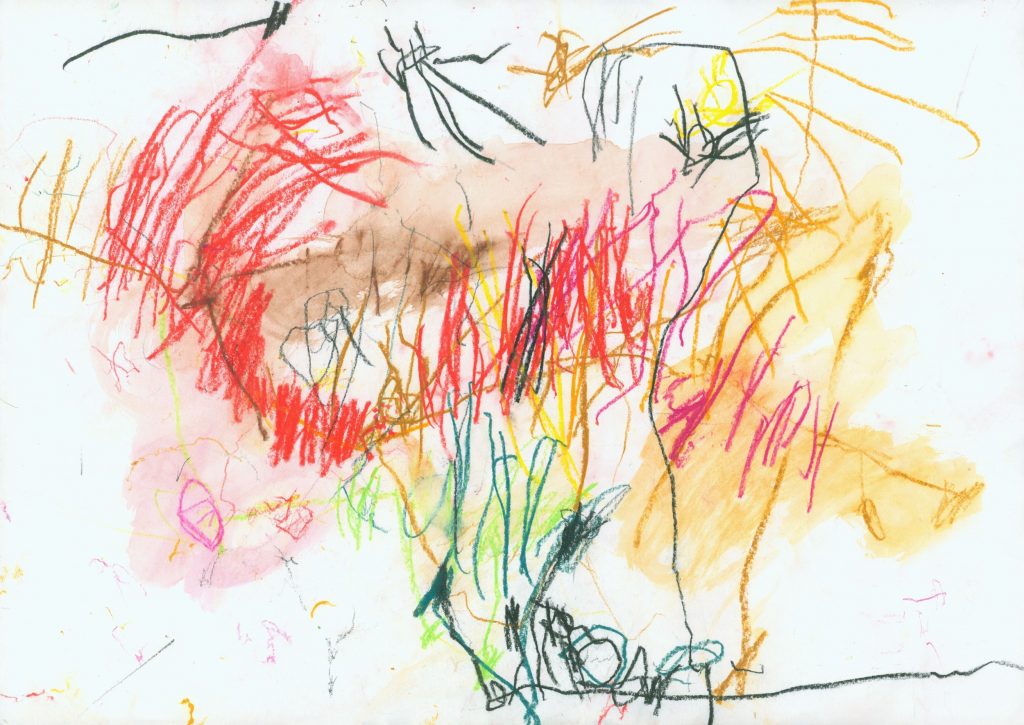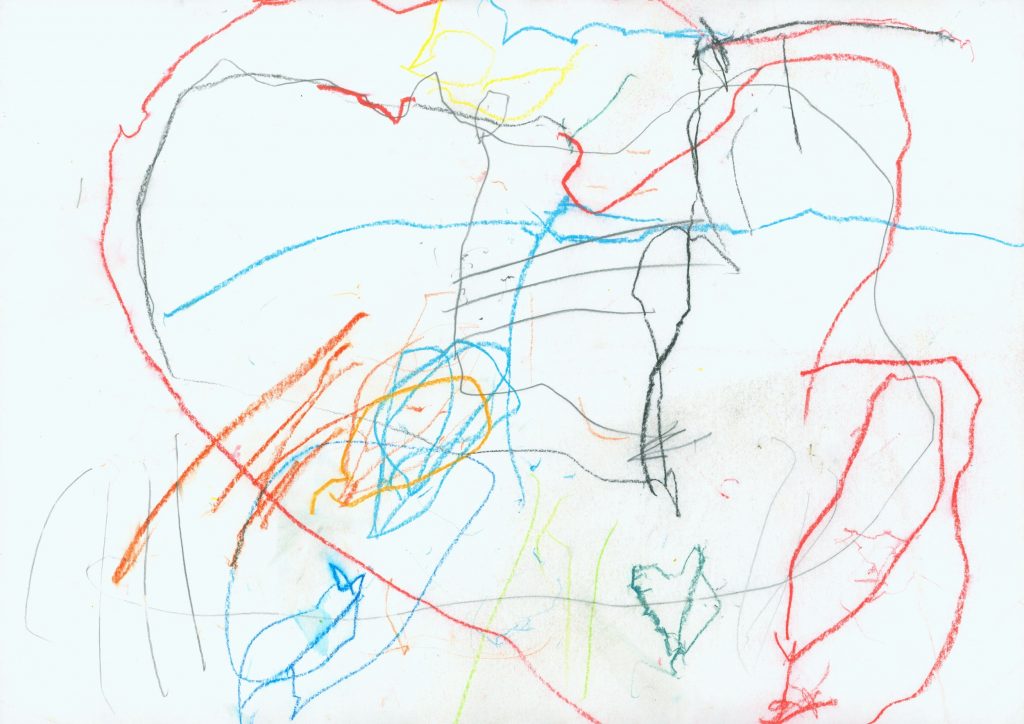Music as Medicine: A Case Study in Autism

Since since the beginning, music as a meaningful vibration continues to be infused into human culture to convey feelings and evoke emotional release.1 The concept of “sacred sounds” has been used since primeval times by indigenous cultures and ancient civilizations. It was thought to be capable of healing both the body and the soul. Although for some time in modern history, music was relegated to entertainment, and healing to medicine, since World War II the health benefits of music have become more recognized in mainstream medicine. In 1996, the World Health Organization recognized music as a type of healing therapy.
Music is rooted in the primitive brain structures that are involved in motivation, reward, and emotion. Review of neuromusical research reveals the brain includes a distributed neural system with locally specialized areas within the cognitive, affective, and motor regions.2 More than any other stimulus, music is able to evoke images and feelings that won't necessarily be directly reflected in memory.
Global Prevalence of ASD
Autism Spectrum Disorder is a condition characterized by developmental delays, abnormal social skills, communication difficulties, learning disabilities, and behavioral problems. These problems can range from mild to severe in presentation.
Approximately 1% of the world population has ASD; the prevalence in the United States is estimated at One in 68 births.3 This exponential rise in yesteryear Twenty five years has greatly impacted both the family unit and society at large.
Catharsis Application Program – Creative Therapy for ASD
The Catharsis Application Program is a cutting-edge therapeutic methodology based on receptive music induction associated with graphic expression. This process helps the customer explore their emotions and feelings, utilizing music to trigger a cathartic phenomenon. The cathartic purpose of the music brings past traumatic experiences to the surface, thereby allowing the discharge of emotions. Graphic expression permits the individual to break through mental barriers without triggering the self-protective mechanism.
The Catharsis Application Program is a 12-session process, unfolding over a 3-month period in 1-hour weekly contact sessions. Each session is implemented with well-defined conditions and therapeutic character to maximize the healing effect from the music.
Using CAP as an artistic mediation gives each individual the opportunity to be an active participant in their own progression toward change. The therapeutic program mobilizing one's emotional resilience always leads to behavioral changes. It enhances social skills, the capacity of verbal expression, increases the mood, stimulates the memory, and helps to create new spatial-temporal patterns.
Utilizing CAP in Autism – An instance Study
Daniel is really a 7-year-old boy who had been diagnosed with kidney failure 2 weeks following a premature delivery. His condition required extensive medical intervention including dialysis. As a result of his condition, he experienced developmental delays, resulting in the diagnosis of attention-deficit hyperactivity disorder and autism. He lacked bowel control at this time.
Daniel had been seen with a speech pathologist in the Integrated Therapy Solutions in La, CA. His family was introduced to CAP being an adjunctive therapeutic intervention towards the speech therapy. After consent was given to sign up within the program, a 13-week schedule was established.
CAP Schedule
For Daniel, the program consisted of the next activities:
- Week 1: Initial speech and language assessment
- Week 2: Initial CAP session without music. This first reference drawing without music , will serve as a grounds for comparison throughout the final evaluation.
- Week 3 to 12: Ten music sessions with graphic expression
- Week 13: Final CAP session without music. The final reference drawing was performed with the same criteria as with the first evaluation. It works as a grounds for comparison throughout the final evaluation.
Participants use specific drawing materials selected for the program. Each musical selection has an archetypal theme selected inside a predetermined sequence throughout the program. Assessments of the drawings are conducted inside the context of the series, as well as individually.
The following 5 drawings have been selected to illustrate the transitions which happened during Daniel's program.

Figure 1. First Drawing, Without Music
Daniel used lots of water to convey his unhappiness and his unhealthy emotions. The type of lines expressed within the drawing displays much anger and aggressiveness as though he was while using paper to externalize all his repressed feelings. His mother did not believe that he'd have the ability to hold a pencil, but what we should observe is Daniel using all his energy to completely fill the area. There is lots of black and brown color that reveals his insecurity. The colours green, yellow, and orange are crossed with brown or black as though he was announcing a potential path of release and liberation included in anxiety and fears.

Figure 2. Drawing in the 7th Music Session
This is an extremely important session for Daniel. The theme of this music is liberation of old patterns and alleviating the responsibility of unhealthy behaviors. The music helps someone to feel in charge and gives one the courage to depart what should be abandoned to find relief within the simple joys of life. The structure from the drawing suggests that Daniel is reconnecting to his healthy emotions: we have several heart shapes here, of which the big red one contains 1 green and a pair of blue hearts.

Figure 3. Drawing in the 9th Music Session
This music helps us to not be afraid of suffering, to believe that every day life is still here and full of love. This is the first drawing where we are able to really find out the forms of animals. The sun's rays is present and that we see great circles in front of each animal as if these were put there to feed everyone. It is as if Daniel protects his “inner inhabitants.” He helps each one to develop. He wrote his name in black within the upper left from the sheet, showing that he's cognizant of the process.

Figure 4. Drawing from the 10th Music Session
The theme of this music refers to the growing confidence in the Universal Creative Movement, which brings our miseries into an evolving spiral, to transform them in to the rocks which are the principles of life. Enter is broken into 2 parts by a line which is green. To the right of the line, there is nothing drawn. It is like a brand new space, for any brand new story to start for him. Daniel has become more connected to life. The colors brown and black are no longer displayed within this drawing. We've green, blue, yellow, and red. He wrote his name in blue. In the middle of the sheet is a red abstract image. He identifies an area of anger that should be seen; the sun's rays is above this red aggressive pattern. There are lots of rays projecting from the sun, turned towards the right, the future. The speech therapist notes that unlike previously, he is able to go the restroom when he is asked to do so.

Figure 5. Final Drawing, Without Music
This drawing has exactly the same structure as the previous one, but with these important changes: 1) The line that separates the drawing vertically into 2 parts is now light green; 2) The right side is greater which is no longer empty; 3) The sun is now placed on the best, but for the very first time the rays of the sun include both right and the left; 4) The central round shape is clearly recognized as a prehistoric animal. We are able to see clearly his paws, his eyes turned for the future, the ridge of his back. It looks like a Stegosaurus. Archeologists think that the bony plates evolved for defense and that this animal turned red to defend itself from predators. We see here the red colorization covering the animal, as though Daniel had now found sufficient disease fighting capability to cope with things that he feared. He now invests within the right side of the sheet, in other words the future. The blue and color forms around the right of the sheet show that something has reshaped in himself .
Clinical Observations
Initially, without music, we have seen Daniel express anger and aggressiveness. His utilization of space reveals the externalization of repressed feelings, while the predominance of dark colors reveals his insecurity cloaked by anxiety and fears. Because the musical sessions progress, we observe through his drawings that he starts to release anxiety and to reconnect to healthy emotions.
Daniel was initially very resistant to trying anything new. He preferred to stay at home and isolate himself. He was at 1st grade prior to the CAP program. He was mostly interested in picture books . He'd be resistant and struggled with any mathematical operation. He was very against trying to eat food through his mouth, which required nourishment to become delivered through a gastric tube. If food was placed in his mouth, he'd spit it out immediately. He was terrified of animals and toys that made sounds. His pictures at the outset of CAP were predominantly 1 tone, 1 color, and fairly simple.
Following this program, Daniel gradually became more open and much more responsive to the idea of likely to new places as well as trying new experiences. There is an increased need to play with others. He was prepared to have fun with toys that made sounds. Daniel expressed desire to have his family to paint together, and would insist that they do this as a group activity. He became more adaptive to experiencing new foods. He was eating more, which accelerated his growth. While drawing, he gradually began utilizing many more colors and was freer in terms of expressing himself in writing. He was more excited and the majority happier to paint and draw at home. At school his reading improved, and even though he was still challenged with mathematical operations, he was less resistant to them. He transitioned to mainstream classes in the 2nd grade. His enjoyment of music grew with time, which prompted his enrollment in piano lessons when he was at 3rd grade. Although there were periods of regression, Daniel continued to enhance, and eventually was transitioned right into a normal classroom setting.
CAP within the Naturopathic Medical Practice
We have examined how the music and expressive drawing experienced in the Catharsis Application Program can have a positive influence on emotions and behaviors. Kids with autism spectrum disorder usually see it tough to acknowledge and control their emotions. Interventions that will help them enhance their emotional development can in turn help them understand and react to others appropriately. Subsequently, the opportunity to engage in social activities, as well as standard of living, is enhanced. Additionally, the decrease in aberrant social behaviors and conduct problems relieves the strain often felt by parents and caregivers.
Often, children do not have the word what skill or depth of understanding required to express their pain. Music and drawings function as an intermediate language between patient and practitioner, creating a relationship of communication with the expression of emotions inside a non-verbal manner. Using this innovative mind-body technique respects the principles of naturopathic medicine and is easily integrated into practice either with folks or in a group. It has been my experience that by embracing a therapy that is transformative and effortless in its application is not only a present for the young patients, but for their families too.

